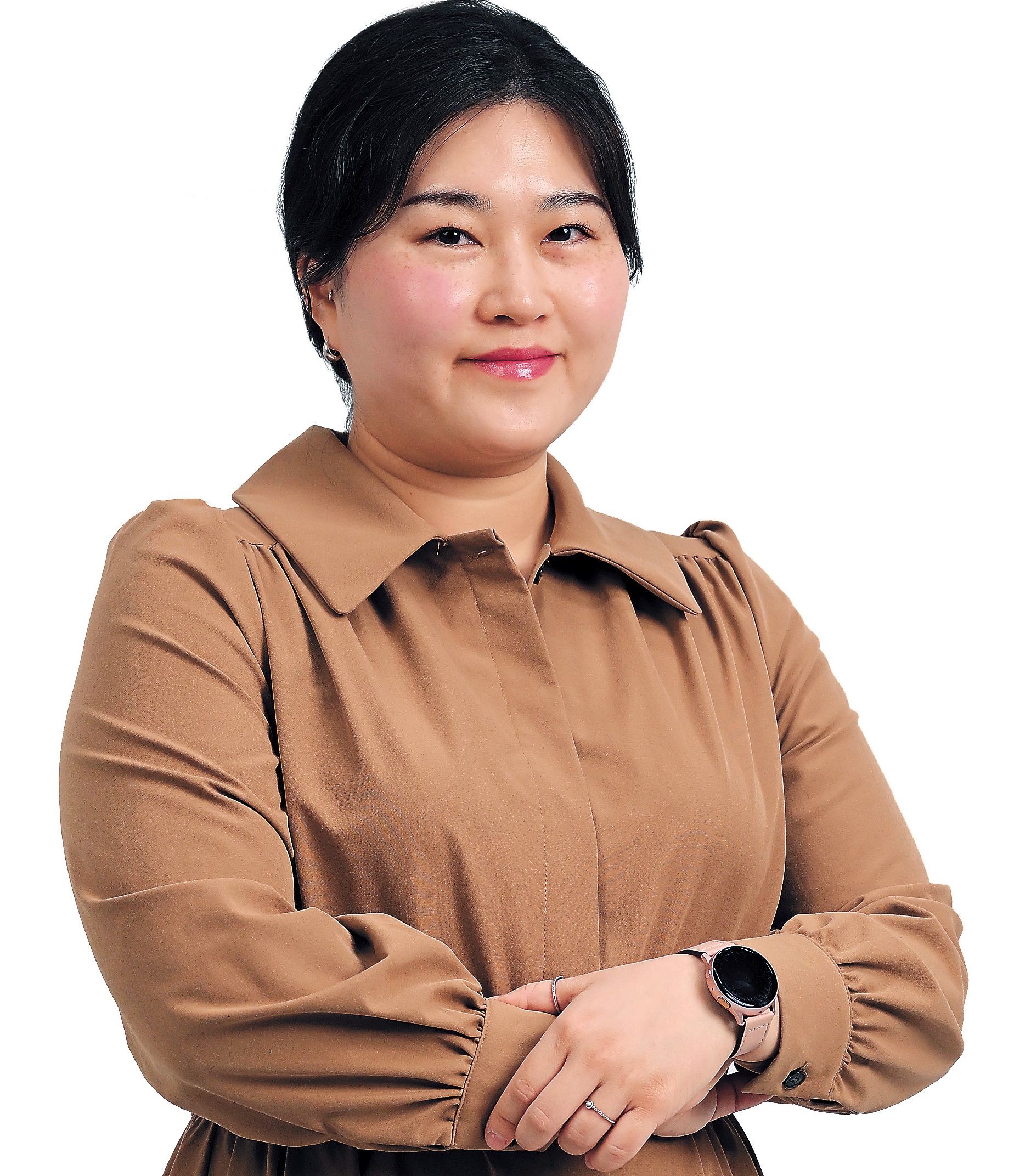Why pediatricians are opening dermatology clinics in Korea
Plan to boost medical school quotas won't work, doctors say, citing preference for opening highly paid specialized clinics
By Lee JaeeunPublished : Nov. 29, 2023 - 14:36

After 20 years of service, Dr. Kim, a pediatrician in Gwangju, closed her pediatric clinic in July due to financial challenges and Korea's dwindling population of children. Instead, she opened a new clinic that primarily treats skin problems, chronic pain and mental health issues.
Kim is not alone. One in 10 pediatric clinics in Seoul has closed in the past five years, according to a recent report released by the Health Insurance Review and Assessment Service. Doctors in essential fields such as internal medicine, surgery and obstetrics and gynecology stress the financial challenges of pursuing careers in these crucial areas, pointing to the stark contrast with the more lucrative fields of dermatology and cosmetic surgery.
“Korean doctors rake in sky-high pay on average compared to doctors in other countries, according to the Organization for Economic Cooperation and Development's data, but doctors in essential fields, especially those working at university hospitals or general hospitals, get paid relatively less, and they have to work longer hours and harder,” Kim Yoon, a professor of health policy and management at Seoul National University College of Medicine, told local media outlets.
The average income of self-employed doctors in Korea was $298,000 as of 2020, measured by purchasing power parity, which takes into account local living costs, according to the OECD.
The fastest way for a doctor to start earning a living straight out of medical school here is by opening up a clinic -- especially a skin clinic -- as a general physician, according to local reports quoting the medical community. This way, doctors can skip the five to six years of specialized training as an intern and resident required for a specialized license.
It is common for such general practitioners working at skin clinics to earn 10 million won ($7,756) a month working just three days a week, and 14 million won if they work five days a week, according to local reports.
Thus, many general practitioners end up opening dermatology clinics here. Among the 979 clinics opened by general practitioners between 2018 and 2022, 86 percent were skin clinics, according to the Health Insurance Review and Assessment Service.
Skin clinics dealing in treatments not covered by the National Health Insurance Service allow doctors to set prices based on market rates that have no ceiling. In contrast, treatments covered by the NHIS have predefined prices, preventing doctors from altering them. One dermatology clinic run by a specialist in the southern Seoul district of Gangnam offers five rounds of skin booster injections plus face-cooling procedures for a whopping 4.15 million won.
Unlike dermatology clinics, pediatric clinics, for instance, cannot offer such expensive treatments. Instead, they earn revenue primarily from consultation fees of 13,000 won per patient on average.
Doctors have expressed opposition to the government's plan to increase the medical school enrollment quota starting in 2025. According to them, the primary issue behind the physician shortage is not the total number of doctors but the reluctance of doctors to work in specific medical fields that do not make the same levels of profits as the lucrative fields of dermatology and plastic surgery.
For example, 38 out of 50 university hospitals -- 76 percent -- did not have a single pediatrician as of the first half of this year, because there were no applicants, according to the Ministry of Health and Welfare.
“Thousands of doctors graduate medical school every year, but no matter how much the number of doctors increases, doctors will continue to be scarce in essential fields. The number of doctors in dermatology and plastic surgery only will continue to grow,” said Rep. Kim Sung-ju of the main opposition Democratic Party of Korea.
Other medical workers oppose the plan, saying it won't be a solution.
“Increasing the medical student quota for medical schools will not be a sufficient solution for supplying doctors to the rural regions and unpopular but essential fields,” said Na Soon-ja, head of the Korean Health and Medical Workers' Union, comprised of nurses, nursing home care workers and other health care workers. Na stressed that other policies, such as establishing public medical schools -- which would offer medical students nearly free tuition in exchange for requiring them to work in essential fields or rural areas -- are needed to draw doctors to unpopular but essential fields.

















![[More than APT] Residents, architects together design homes](http://res.heraldm.com/phpwas/restmb_idxmake.php?idx=652&simg=/content/image/2024/11/24/20241124050036_0.jpg&u=)
![[Herald Review] Zico celebrates 10th year as solo artist with star-studded line-up](http://res.heraldm.com/phpwas/restmb_idxmake.php?idx=642&simg=/content/image/2024/11/25/20241125050056_0.jpg&u=)